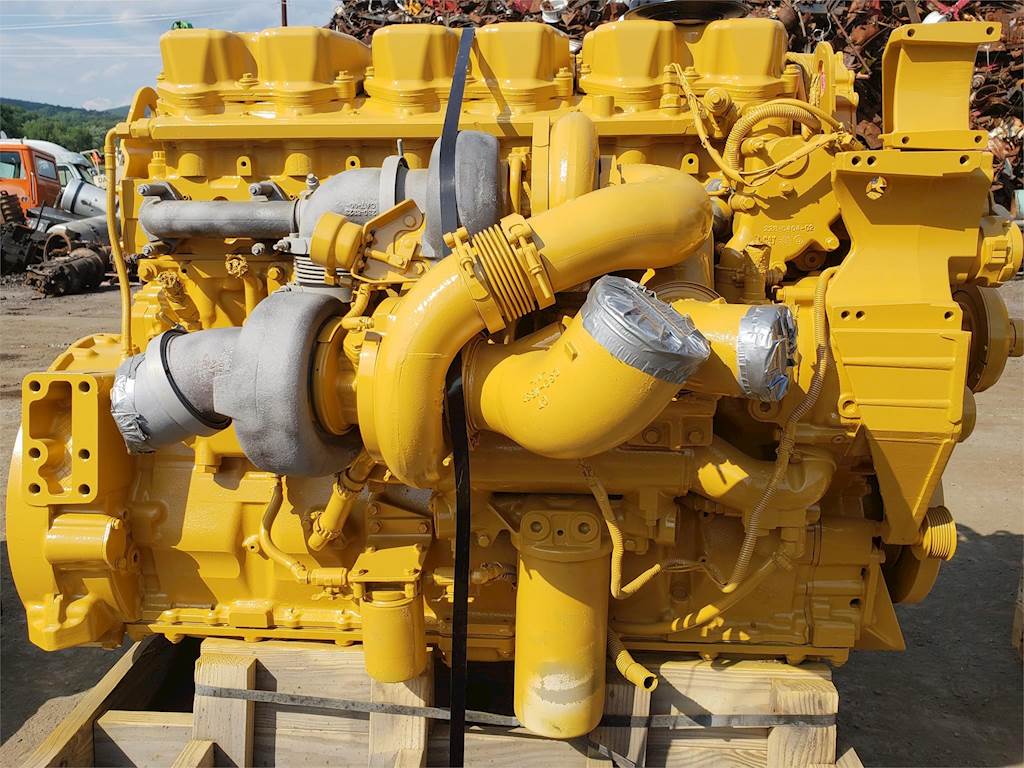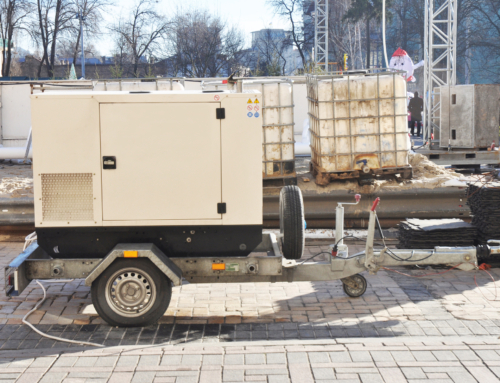Everyone has been there. You’re filling up your gas tank and the price just keeps going up. Why is gas so expensive?
And what can you do about it? One common alternative to gasoline is diesel fuel.
Although diesel fuel may be more expensive per gallon, diesel engines are more efficient, so you get more for what you pay for.
Whether you’re looking for a diesel engine or a diesel air compressor, keep reading to learn all about how caterpillar diesel systems work and some of the history of diesel technology.
Table of Contents
Design of the Diesel Engine
The term diesel comes from the name of a German inventor named Rudolf Diesel. In the late 19th century, the most widely used type of engine was the steam engine, but it had very low efficiency at around 5 or 10%.
There were, however, theoretical engines that could operate at higher efficiencies like the Carnot engine. Learning about this theoretical model in a lecture, he set out to design a practical engine that would run at higher efficiencies.
It took a few years to perfect, but the result was his namesake diesel engine. He published his design in an essay called “Theory and Construction of a Rational Heat Motor.”
However, this original design had a fatal flaw. The operating principle behind this first design was that gas is compressed so much that the temperature becomes high enough to cause ignition.
However, the first published design used an isothermal method of compression, that is, compression at a constant temperature. This type of engine could never produce usable work.
Instead, the working design would use a method of compression with constant pressure instead of temperature. But a working design wouldn’t be the only challenge Diesel would face.
History of the Diesel Engine
When Diesel published and patented his designs for his new engine, he received much criticism from contemporary inventors. Some believed it would never work while others saw his designs as copies of their own.
However, the Diesel design would prove to be the long-lasting winner as one of the most efficient practical engines. The first diesel engine was built by a German company in 1893 and ran at a thermal efficiency of around 17%.
Soon after the first run, Diesel applied for a patent on the engine itself, but it wouldn’t be granted until two years later in 1895. During this time, he built and tested several prototypes of his diesel engine.
By 1898, the first commercial diesel engine is working and runs at a manufacturing plant in Germany. In 1899, the first two-stroke diesel engine is built.
By 1901, the production of diesel engines for commercial use was nearly 80 engines. In the next few years, diesel engines began to power things like ships and submarines.
However, Diesel’s patents expired in 1908. That same year, the first truck to use a diesel engine was built.
How the Caterpillar Diesel Engine Works
Over the next century, diesel engine technology would continue to improve. Today, these engines are leaders in power and fuel efficiency. But how does a diesel engine actually work?
In a normal gasoline engine like the one in most vehicles, a spark plug ignites the fuel in a cylinder, causing it to expand and push the cylinder out. However, in a diesel engine, there is no spark plug.
Instead, ignition is caused by air compression. When air is compressed to very high pressure, the temperature of the air gets very high. At some point, it is higher than the combustion temperature of the gas, so it combusts.
In addition, air and fuel mix together in the same chamber that combustion occurs in a diesel engine. This is in contrast to other types of engines where they mix in an inlet manifold.
Unlike typical engines, diesel engines control torque by changing the amount of fuel that is injected into the engine rather than throttling the air-fuel mixture itself. For this reason, the air-fuel mixture is not constant throughout the chamber.
This also means that diesel engines have a high air ratio. The mixture always has as much air as possible.
Applications of the Diesel Engine
There are many important applications for diesel engines. From the ship and submarine engines of a century ago to the vehicles and industrial equipment of today, diesel engines have found a place.
Diesel engines and generators can be used for things as varied as drilling, ore refineries, construction, and even forestry. Caterpillar engines in particular offer an impressive combination of higher power density, fuel economy, durability, and reliability.
Diesel engines are in use for a broad range of applications including passenger vehicles, commercial vehicles, shipping vessels like ships and trains, and even some airplanes. Diesel engines have found their way into planes, trains, and automobiles.
In fact, the famous dirigible airship Hindenberg used a diesel engine as its source of power before it tragically went down.
Swift equipment industries offers many options for whatever you may need from used diesel generators to diesel engines. Swift equipment Houston has the experience and personal attention for all of your remanufactured diesel system needs.
Next Steps
Now that you know all about the basics of how Caterpillar diesel engines work and some of their history, feel free to do some research on your own to find out if a diesel engine or generator is right for you.
If you’re interested in getting a diesel engine, please contact us so we can help with your specific needs.







Leave A Comment